Grow Bok Choy Indoors? Absolutely! Imagine fresh, crisp bok choy, bursting with flavor, ready to harvest right from your kitchen windowsill. No more last-minute grocery store runs or settling for wilted greens. This DIY guide will unlock the secrets to cultivating this nutritious and delicious vegetable within the cozy confines of your home.
Bok choy, also known as pak choi, has been a staple in Asian cuisine for centuries, gracing tables with its mild, slightly sweet taste and impressive health benefits. From stir-fries to soups, this versatile vegetable adds a delightful crunch and a boost of vitamins and minerals. But you don’t need a sprawling garden to enjoy its goodness.
In today’s busy world, finding time for traditional gardening can be a challenge. That’s where the magic of indoor gardening comes in! Learning how to grow bok choy indoors is not only convenient but also allows you to control the growing environment, ensuring a healthy and abundant harvest year-round. I’m excited to share these simple yet effective DIY tricks that will transform your home into a miniature bok choy farm. Let’s get started!
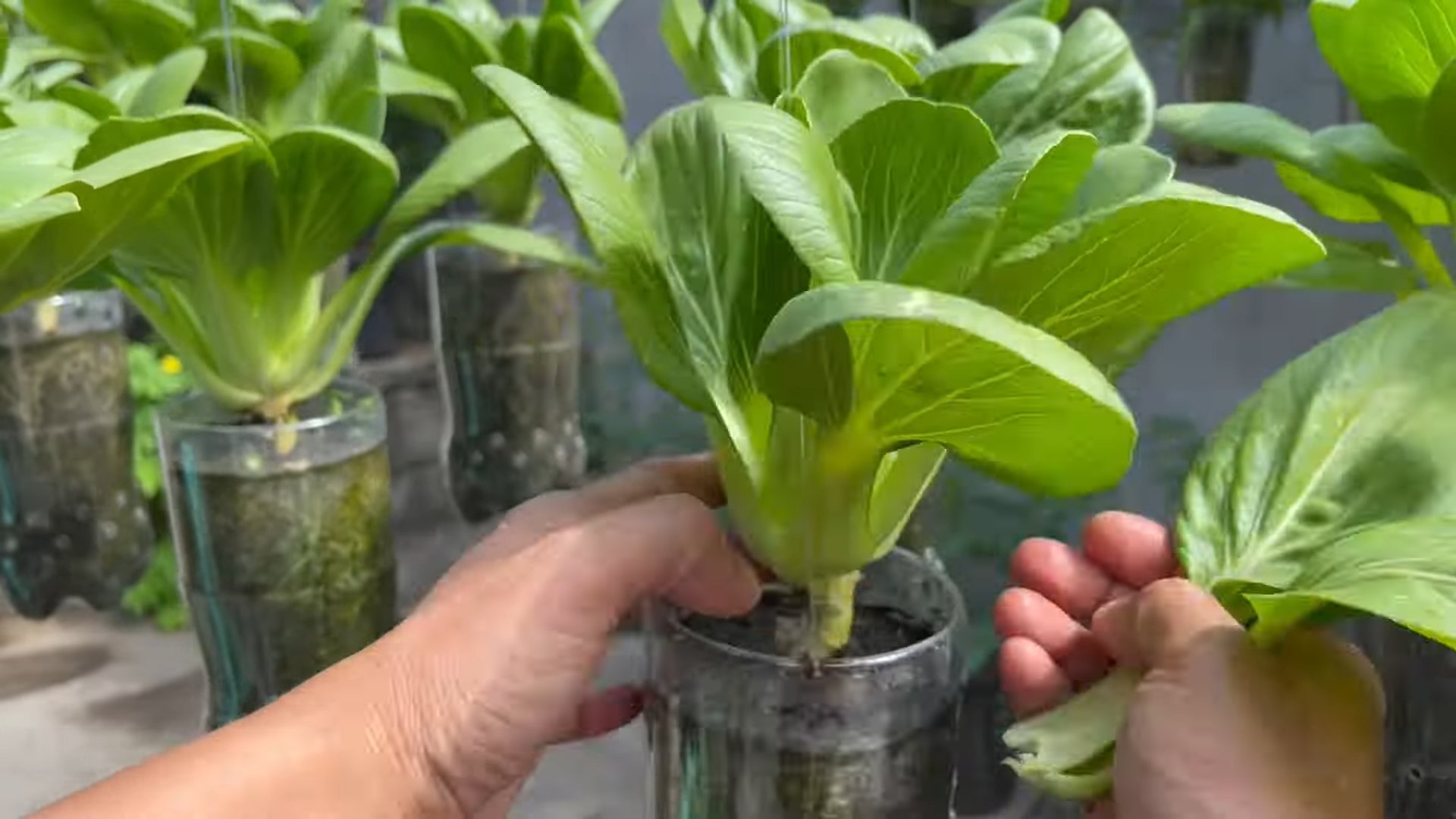
Grow Your Own Delicious Bok Choy Indoors: A Step-by-Step Guide
Hey there, fellow plant enthusiasts! Are you craving fresh, crisp bok choy but don’t have the outdoor space or the right climate? Don’t worry, I’ve got you covered! Growing bok choy indoors is surprisingly easy and rewarding. I’m going to walk you through everything you need to know to cultivate your own little bok choy garden right in your home. Let’s get started!
What You’ll Need
Before we dive into the nitty-gritty, let’s gather our supplies. Here’s a checklist of everything you’ll need to successfully grow bok choy indoors:
* Bok Choy Seeds: Choose a variety that’s well-suited for indoor growing. Dwarf varieties like ‘Toy Choy’ or ‘Baby Bok Choy’ are excellent choices because they don’t require as much space.
* Seed Starting Tray or Small Pots: These will be used to germinate your seeds.
* Seed Starting Mix: This is a lightweight, sterile soil mix that’s perfect for delicate seedlings.
* Larger Pots (at least 6 inches in diameter): Once your seedlings are big enough, you’ll need to transplant them into larger pots to allow them to grow to their full potential.
* Potting Soil: A well-draining potting mix is essential for healthy bok choy growth.
* Grow Lights: Bok choy needs plenty of light, so grow lights are a must, especially if you don’t have a sunny windowsill.
* Watering Can or Spray Bottle: For gentle watering.
* Fertilizer: A balanced liquid fertilizer will provide your bok choy with the nutrients it needs to thrive.
* Spray Bottle (for pest control): Filled with water or a mild insecticidal soap solution.
* Optional: Heat Mat: To speed up germination.
Phase 1: Starting Your Bok Choy Seeds
This is where the magic begins! Getting your seeds to sprout is the first crucial step.
1. Prepare Your Seed Starting Tray: Fill your seed starting tray or small pots with seed starting mix. Gently pat it down to remove any air pockets.
2. Sow the Seeds: Sprinkle 2-3 bok choy seeds into each cell or pot. Cover them with a thin layer (about ¼ inch) of seed starting mix.
3. Water Gently: Use a spray bottle to mist the soil thoroughly. You want it to be moist but not soggy.
4. Provide Warmth: Bok choy seeds germinate best in warm conditions (around 65-75°F or 18-24°C). If you have a heat mat, place your seed starting tray on it. If not, find a warm spot in your home.
5. Cover and Wait: Cover the seed starting tray with a clear plastic lid or plastic wrap to create a humid environment. This will help the seeds germinate faster.
6. Monitor and Water: Check the soil moisture daily. Keep it consistently moist by misting with water as needed.
7. Germination Time: Bok choy seeds typically germinate within 5-10 days. Once you see sprouts, remove the plastic cover and move the tray to a location with bright, indirect light.
Phase 2: Transplanting Your Seedlings
Once your seedlings have developed a few sets of true leaves (the leaves that look like miniature bok choy leaves), it’s time to transplant them into larger pots.
1. Prepare Your Larger Pots: Fill your larger pots (at least 6 inches in diameter) with well-draining potting soil.
2. Gently Remove Seedlings: Carefully remove the seedlings from the seed starting tray or small pots. Be gentle to avoid damaging the roots. If the roots are tangled, gently tease them apart.
3. Plant the Seedlings: Make a small hole in the center of the potting soil in each pot. Place the seedling in the hole and gently backfill with soil. Make sure the top of the root ball is level with the soil surface.
4. Water Thoroughly: Water the transplanted seedlings thoroughly until water drains out of the bottom of the pot.
5. Provide Support (Optional): If your seedlings are a bit leggy (tall and spindly), you can use small stakes or toothpicks to provide support.
Phase 3: Providing the Right Growing Conditions
Now that your bok choy seedlings are in their permanent homes, it’s crucial to provide them with the right growing conditions to ensure they thrive.
1. Light: Bok choy needs at least 6 hours of bright light per day. If you don’t have a sunny windowsill, use grow lights. Place the grow lights about 6-12 inches above the plants. I usually keep my grow lights on for about 14-16 hours a day.
2. Temperature: Bok choy prefers cooler temperatures, ideally between 55-75°F (13-24°C). Avoid placing your plants near heat sources like radiators or vents.
3. Watering: Water your bok choy regularly, keeping the soil consistently moist but not soggy. Check the soil moisture by sticking your finger about an inch into the soil. If it feels dry, it’s time to water. Avoid overwatering, as this can lead to root rot.
4. Fertilizing: Feed your bok choy with a balanced liquid fertilizer every 2-3 weeks. Follow the instructions on the fertilizer label. I like to use a fertilizer that’s specifically formulated for leafy greens.
5. Air Circulation: Good air circulation is important to prevent fungal diseases. Make sure your plants have enough space between them and that there’s good airflow in the room. A small fan can help improve air circulation.
Phase 4: Pest and Disease Control
Even indoors, your bok choy can be susceptible to pests and diseases. Here’s how to keep them healthy:
1. Common Pests: Aphids, spider mites, and whiteflies are common pests that can attack bok choy. Check your plants regularly for signs of infestation.
2. Pest Control: If you find pests, you can try spraying them off with a strong stream of water. You can also use insecticidal soap or neem oil. Be sure to follow the instructions on the product label. I usually prefer to start with the least toxic options first.
3. Disease Prevention: To prevent fungal diseases, avoid overwatering and ensure good air circulation. If you notice any signs of disease, such as yellowing leaves or spots, remove the affected leaves immediately. You can also use a fungicide if necessary.
Phase 5: Harvesting Your Bok Choy
The best part! You can start harvesting your bok choy when the leaves are about 4-6 inches long.
1. Harvesting Method: You can harvest the entire plant at once by cutting it off at the base. Alternatively, you can harvest individual leaves as needed, starting with the outer leaves. This will allow the plant to continue producing new leaves.
2. Harvesting Time: Bok choy is typically ready to harvest about 45-60 days after planting.
3. Enjoy Your Harvest: Wash your harvested bok choy thoroughly and enjoy it in salads, stir-fries, soups, or any other dish you like!
Troubleshooting Tips
* Leggy Seedlings: If your seedlings are tall and spindly, it means they’re not getting enough light. Move them closer to the grow lights or provide more light.
* Yellowing Leaves: Yellowing leaves can be a sign of overwatering, underwatering, or nutrient deficiency. Check the soil moisture and adjust your watering accordingly. If you suspect a nutrient deficiency, fertilize your plants.
* Slow Growth: Slow growth can be caused by a variety of factors, including insufficient light, temperature, or nutrients. Make sure your plants are getting enough light, warmth, and fertilizer.
* Pest Infestation: If you have a pest infestation, act quickly to control it. The sooner you address the problem, the easier it will be to get rid of the pests.
Growing bok choy indoors is a fun and rewarding experience. With a little bit of care and attention, you can enjoy fresh, delicious bok choy all year round! Happy gardening!
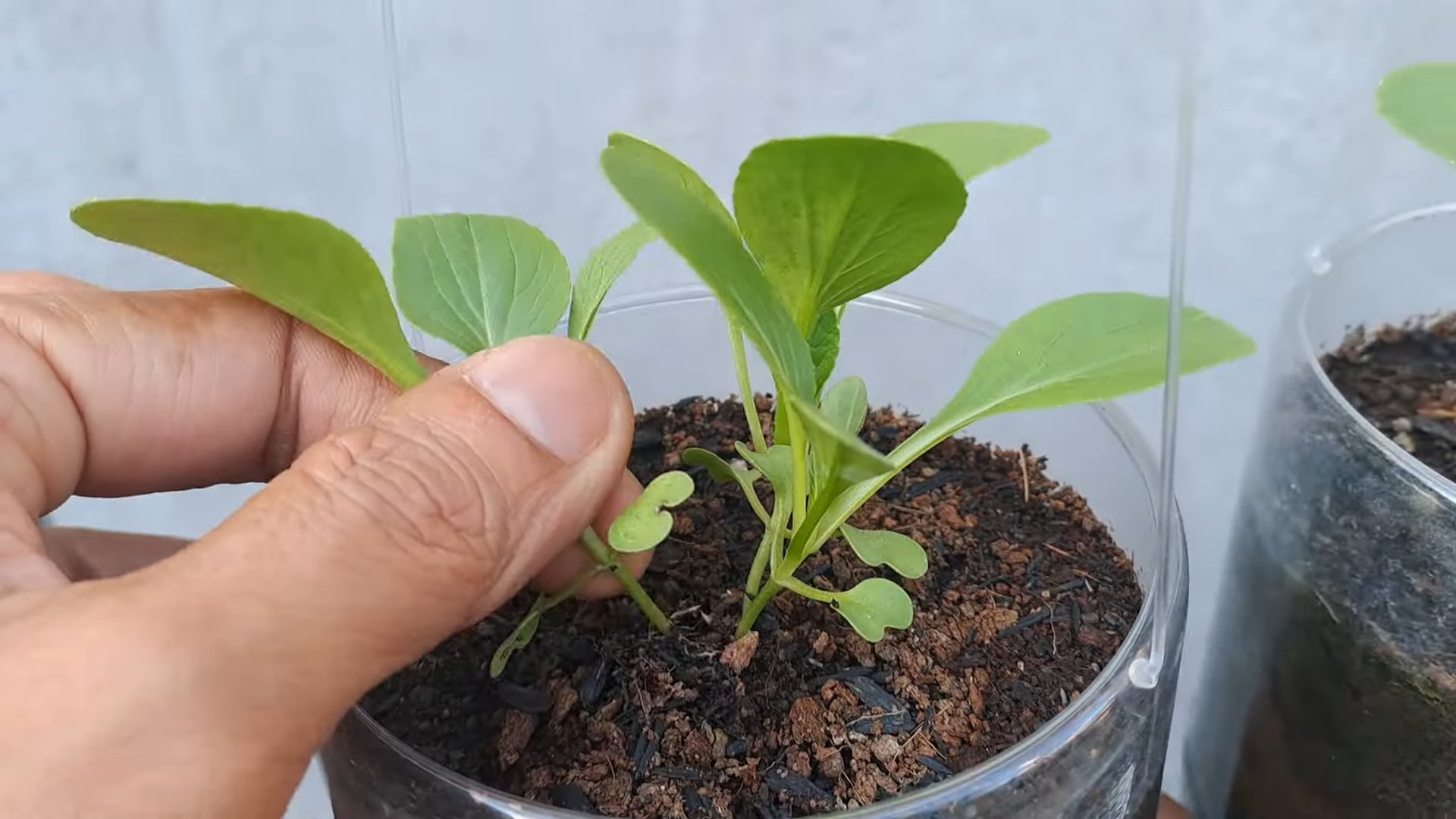
Conclusion
So, there you have it! Growing Bok Choy indoors is not only possible, it’s surprisingly rewarding. This DIY trick transforms a sunny windowsill or a corner under grow lights into a miniature, edible garden, providing you with fresh, crisp Bok Choy whenever you crave it. Forget those wilted, overpriced greens at the supermarket; imagine the satisfaction of harvesting your own, knowing exactly where it came from and how it was grown.
But why is this a must-try? Beyond the obvious benefit of fresh produce, growing Bok Choy indoors offers a unique connection to nature, even within the confines of your home. It’s a therapeutic activity, a small daily ritual that can bring a sense of calm and accomplishment. Plus, it’s a fantastic way to reduce your carbon footprint by minimizing your reliance on commercially grown and transported vegetables.
This DIY trick is a game-changer for urban gardeners and anyone looking to add a touch of green to their lives.
Now, let’s talk variations. While we’ve focused on the basic method, feel free to experiment! Try different varieties of Bok Choy, such as Baby Bok Choy for smaller, more tender leaves, or Shanghai Bok Choy for a slightly milder flavor. You can also explore different growing mediums. While soil works perfectly well, hydroponics can offer even faster growth and higher yields. Consider adding companion plants like basil or chives to your indoor garden to deter pests and enhance the flavor of your Bok Choy.
Don’t be afraid to get creative with your containers, either. Repurposed plastic containers, old buckets, or even decorative pots can all work beautifully. Just ensure they have adequate drainage. And remember, consistent watering and sufficient light are key to success.
We truly believe that anyone can master this DIY trick. It’s simple, affordable, and incredibly satisfying. The taste of freshly harvested, homegrown Bok Choy is simply unmatched.
So, what are you waiting for? Grab some seeds, prepare your growing medium, and embark on your indoor Bok Choy adventure today! We’re confident that you’ll be amazed by the results.
And most importantly, we want to hear about your experience! Share your photos, tips, and challenges in the comments below. Let’s build a community of indoor Bok Choy enthusiasts and learn from each other. Your insights could inspire others to take the plunge and discover the joy of growing their own food. Happy growing!
Frequently Asked Questions (FAQ)
What kind of Bok Choy is best for growing indoors?
While you can grow almost any variety of Bok Choy indoors, some tend to thrive better than others. Baby Bok Choy is a popular choice due to its smaller size and faster growth rate. Shanghai Bok Choy, with its milder flavor and crisp texture, is another excellent option. Dwarf varieties are also well-suited for indoor cultivation as they require less space. Experimenting with different varieties is part of the fun, so don’t hesitate to try a few and see which ones perform best in your specific indoor environment. Consider the amount of space you have available and the intensity of your grow lights when making your selection.
How much light does Bok Choy need indoors?
Bok Choy requires a significant amount of light to grow successfully indoors. Ideally, aim for at least 6-8 hours of direct sunlight per day. If you don’t have access to a sunny windowsill, you’ll need to supplement with grow lights. Fluorescent or LED grow lights are excellent choices. Position the lights a few inches above the plants and adjust as they grow. Insufficient light can lead to leggy growth, pale leaves, and reduced yields. Observe your plants closely and adjust the light accordingly. If the leaves are stretching towards the light source, it’s a sign that they need more illumination.
What type of soil is best for growing Bok Choy indoors?
Bok Choy prefers well-draining, nutrient-rich soil. A good quality potting mix specifically formulated for vegetables is an excellent choice. You can also create your own mix by combining equal parts of potting soil, compost, and perlite or vermiculite. Compost provides essential nutrients, while perlite or vermiculite improves drainage and aeration. Avoid using garden soil, as it can be too heavy and may contain pests or diseases. Ensure that the soil is slightly acidic to neutral, with a pH between 6.0 and 7.0.
How often should I water my indoor Bok Choy?
Water your Bok Choy regularly, keeping the soil consistently moist but not waterlogged. Check the soil moisture by inserting your finger about an inch deep. If it feels dry, it’s time to water. Water deeply, allowing excess water to drain out of the bottom of the container. Avoid overhead watering, as this can promote fungal diseases. The frequency of watering will depend on factors such as the size of the container, the type of soil, and the ambient temperature. In general, you may need to water every 2-3 days.
How do I fertilize my indoor Bok Choy?
Bok Choy is a relatively heavy feeder and benefits from regular fertilization. Use a balanced liquid fertilizer diluted to half strength every 2-3 weeks. Look for a fertilizer with an NPK ratio (nitrogen, phosphorus, potassium) of around 10-10-10 or 5-5-5. You can also use organic fertilizers such as compost tea or fish emulsion. Avoid over-fertilizing, as this can lead to excessive leaf growth and reduced flavor. Monitor your plants closely and adjust the fertilization schedule as needed.
What are some common pests and diseases that affect indoor Bok Choy?
While indoor Bok Choy is generally less susceptible to pests and diseases than outdoor plants, it’s still important to be vigilant. Common pests include aphids, spider mites, and whiteflies. These can be controlled with insecticidal soap or neem oil. Fungal diseases such as powdery mildew can also occur, especially in humid conditions. Ensure good air circulation and avoid overhead watering to prevent these diseases. If you notice any signs of pests or diseases, take action promptly to prevent them from spreading.
How long does it take to grow Bok Choy indoors?
Bok Choy is a relatively fast-growing vegetable. Depending on the variety and growing conditions, you can typically harvest your first leaves in about 30-45 days. Baby Bok Choy may be ready even sooner. You can harvest individual leaves as needed or harvest the entire plant at once. For continuous harvests, sow new seeds every few weeks.
Can I grow Bok Choy indoors year-round?
Yes, you can grow Bok Choy indoors year-round, provided you have adequate light and temperature control. Indoor growing allows you to bypass seasonal limitations and enjoy fresh Bok Choy whenever you want. Maintain a consistent temperature between 60-75°F (15-24°C) and provide sufficient light, either through natural sunlight or grow lights.
How do I harvest Bok Choy indoors?
You can harvest Bok Choy leaves individually as needed, starting with the outer leaves. Alternatively, you can harvest the entire plant at once by cutting it off at the base. For continuous harvests, leave a few of the inner leaves intact, and they will continue to grow. Harvest in the morning for the best flavor and texture.
Is growing Bok Choy indoors organic?
Yes, growing Bok Choy indoors can be easily done organically. By using organic potting mix, fertilizers, and pest control methods, you can ensure that your Bok Choy is free from synthetic chemicals. This allows you to enjoy fresh, healthy, and organically grown vegetables right from your own home.

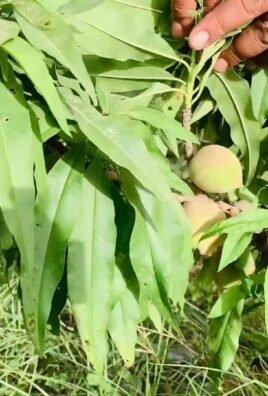
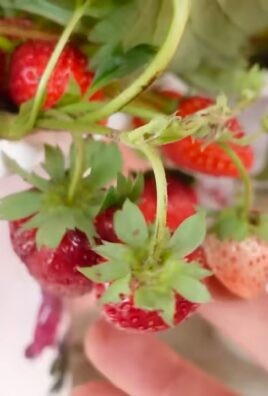
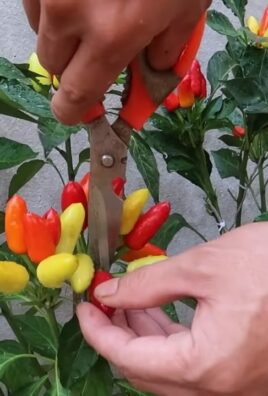
Leave a Comment